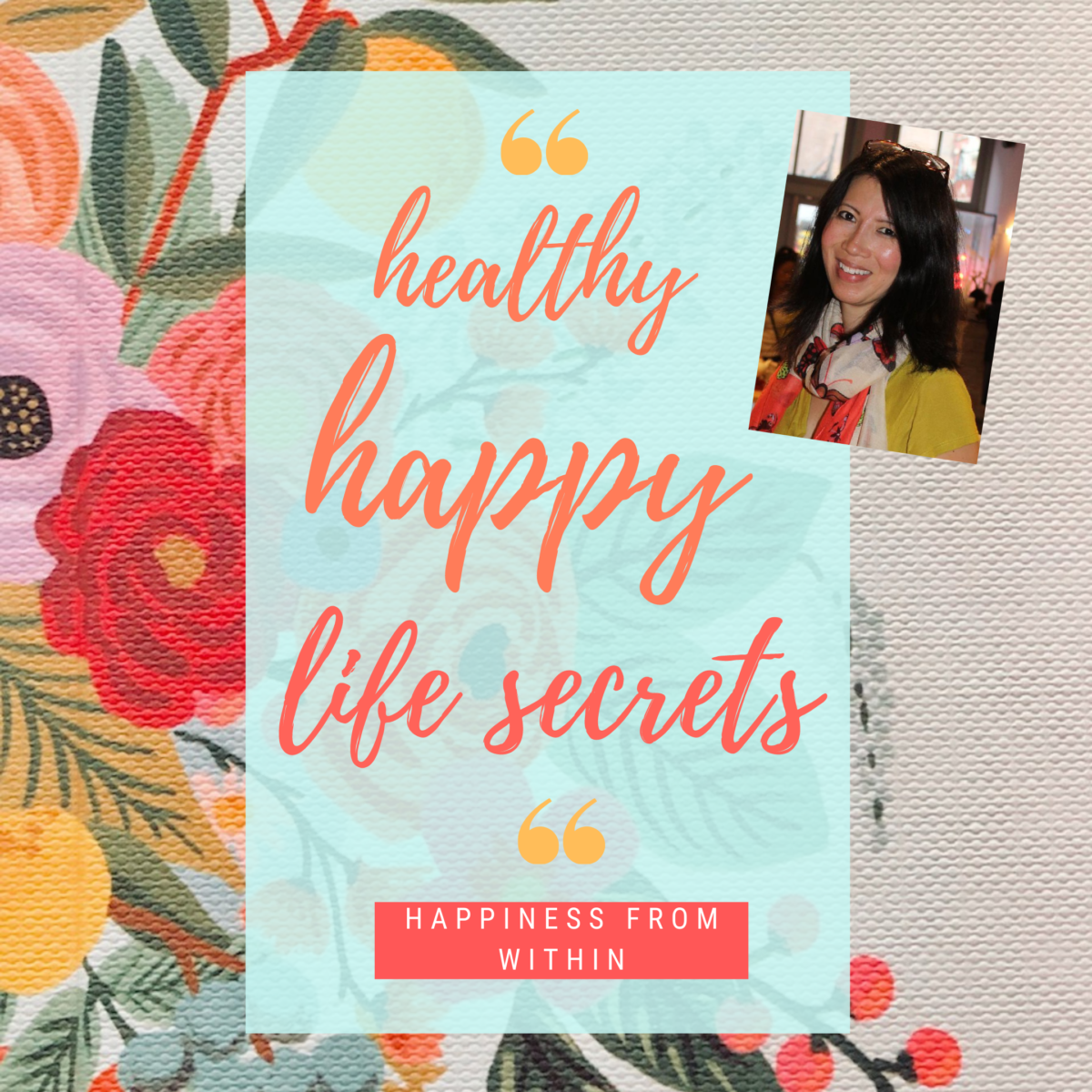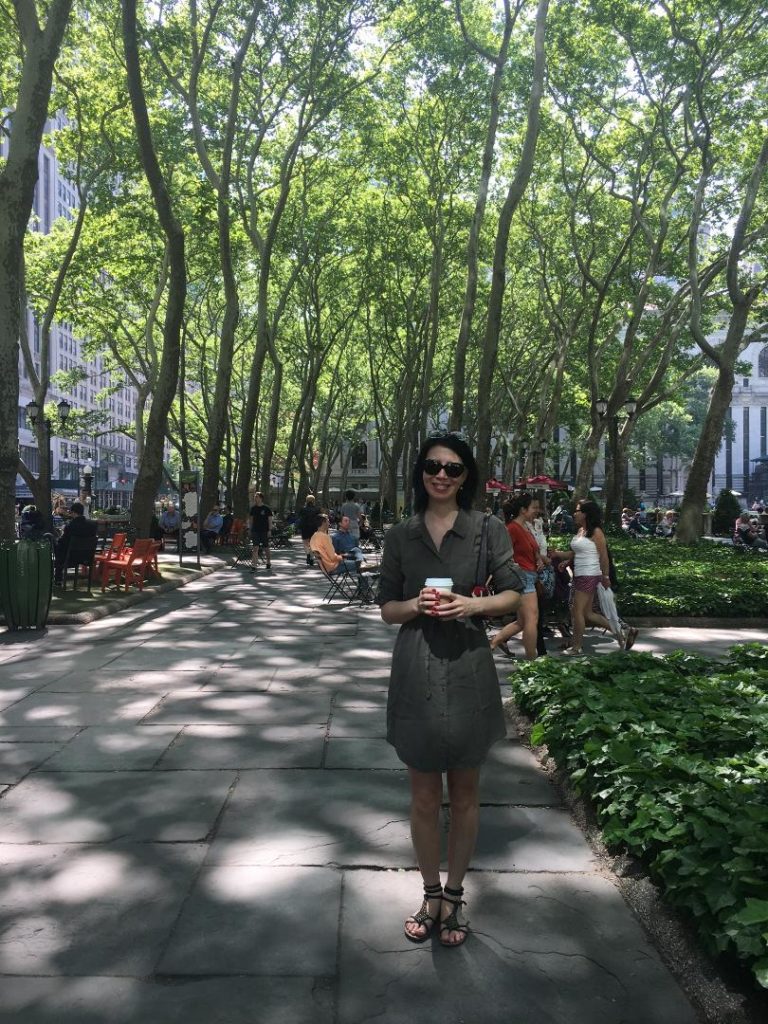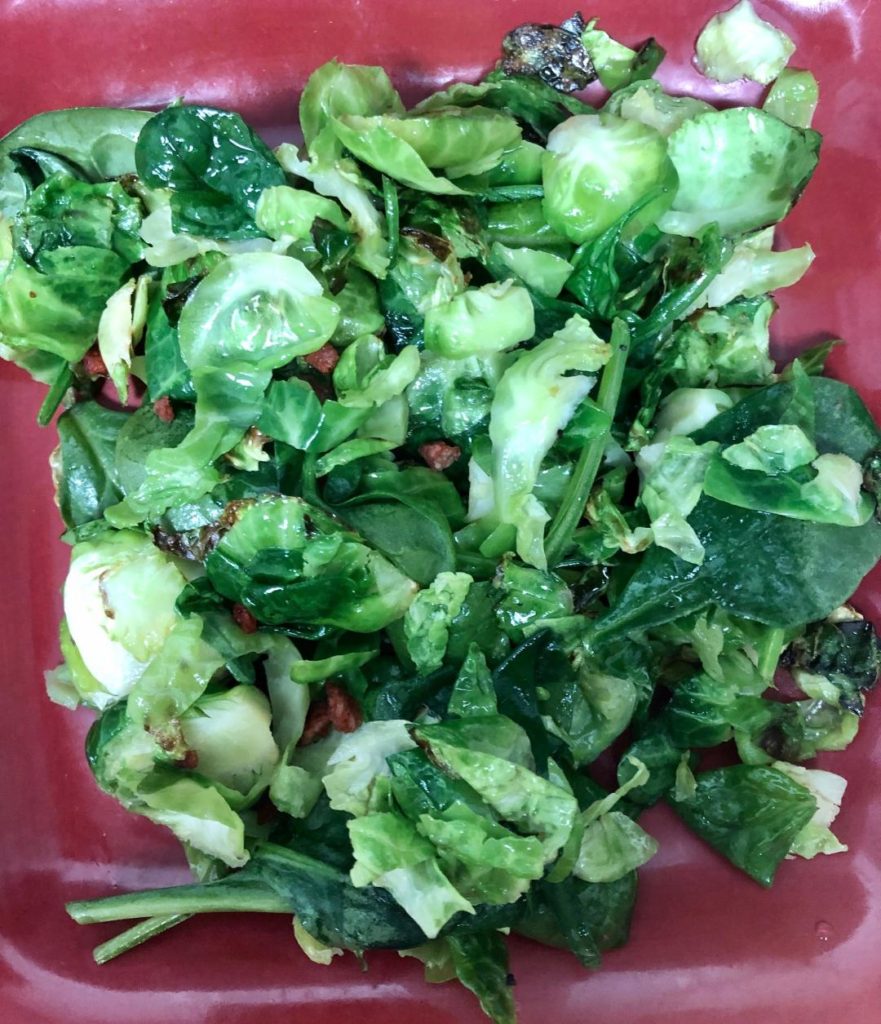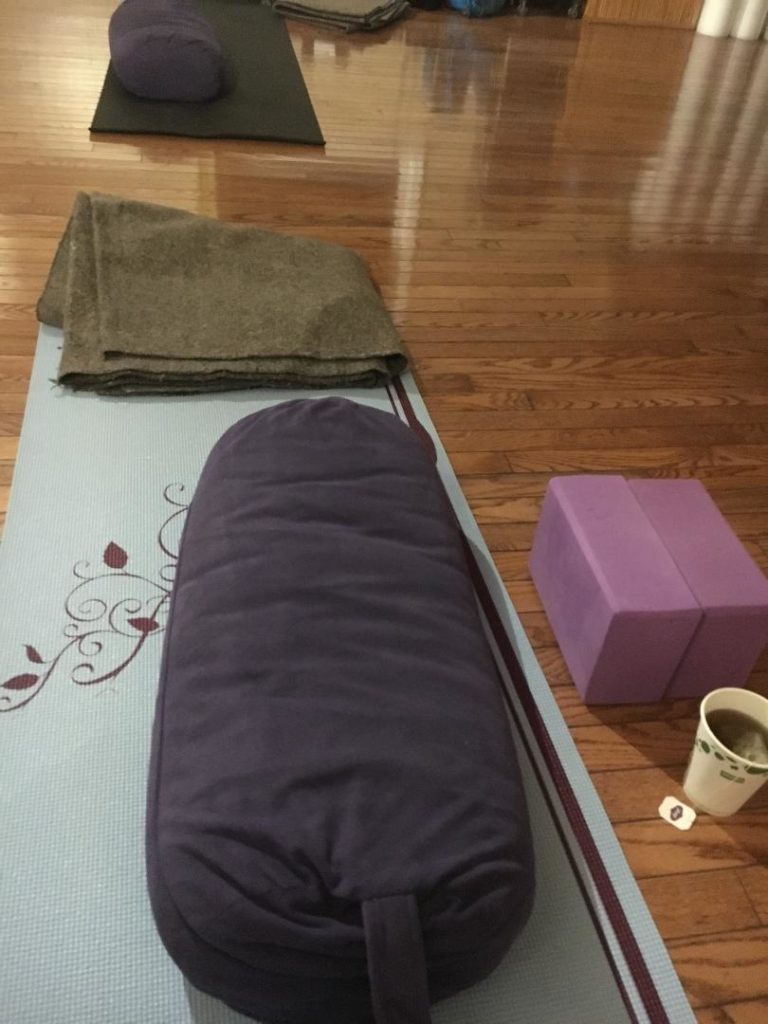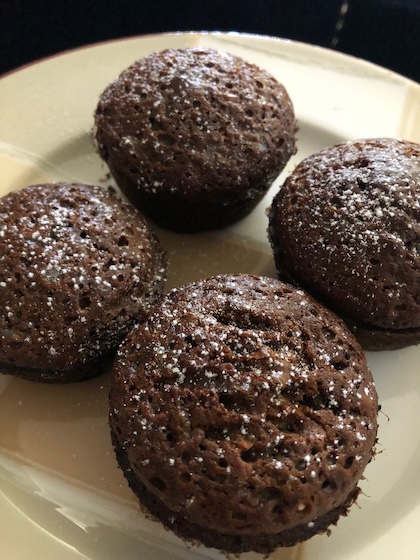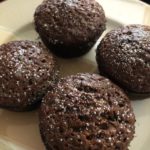
Retirement financial guru David Bach is known for “The Latte Factor” on how to save money. Maybe you saw him on Oprah as I did back in the day?
Fast forward years later, he went from burnout to sabbatical living. In hindsight, he now calls a sabbatical “the magic pill” to happiness.
He mentioned in interviews that it all began when his wife asked him what he wanted for one of his birthdays, and he expressed a desire for full-time off from work.
And so that’s just what he did, although he still had to convince himself to get off his busy work train.
Taking time off in a restful sabbatical isn’t a common practice for Americans. There aren’t too many role models to follow. Retirement after 60 and beyond is still the American norm.
Like David Bach, more go-getters in the prime of their career are opening up to this approach to a healthier lifestyle to recharge somewhere in the middle, make life impact changes, and gain clarity about their remaining life’s path.
We all want to live our Best Life, but not all of us do what we need to fully live because we’re not given a road map so we end up playing it safe… staying in the same career or corporate work path with golden handcuffs and benefits, despite being miserable.
Future uncertainty can be uncomfortable to those who want their lives fully planned out, but as I (and you too probably at least in this past year) experienced, life throws monkey wrenches in the mix if you’ve been around long enough, and you can question what this life is really all about.
…and maybe you’ve had those types of questions swirling in your mind lately that you’ve been wrestling with?
If so, you should consider taking a sabbatical if you’re in a place where you can or you all of a sudden, find that you deeply need one to restore your mind-body. It’s not a cop-out, it’s a smart move in case you need to wrestle the idea with the logical side of your mind.
The trend is moving this way. Kids who are just becoming adults are acceptably taking gap years from college. And if you worked in corporate in 2008 with the economy dip, you most likely made a work change, maybe entered a different industry as in 2020 and the aftermath, where we all had our work changed and life turned upside down.
Someone wise ahead of me ingrained this idea that never left me: “Your entire life is a transition.”
So then with that lens, I’m happily entering my fourth act. And depending on your age, you’re probably at least entering or considering your second one (along with almost half the women in the workforce according to survey data).
When I was in college, and it took me 5 years to graduate, that was a big deal in my mind. I questioned why I took a year off after a few semesters of working and attending business school full-time.
During my gap year that wasn’t the usual way, I stopped and learned how to create a business (the reason that you would think you go to business school but most like I did, graduated and entered the corporate workforce).
What I wanted most that I didn’t want to admit to anyone including myself was I wanted deep rest. And that semester off test-taking I got off sleeping aid pills. I got off the hamster wheel and avoided burning out.
Back then, I was already creating a different way of life of taking breaks because my body was calling for it. And now in more aware times, my mind was too.
Similarly, a mid-life sabbatical idea is a pretty darn good idea for recuperating. It can be a lifeline even though it still has a bad wrap. If you’re a well-known author and speaker like David Bach, you can do it because you’ve earned it. But if you’re like most of us or the person trying to make ends meet, then you’re still justifying, like I had to.
I had to lean in and switch into abundant thinking and what I would gain over what I would lose.
And when the call inside you grows louder, the idea can grow more intriguing, and that’s when you know you have to seriously investigate!
You may just need some little sign or nudge to get you to take the step. Or you may just need the right timing or feeling to show up again. In my case, I knew I had more to lose if I didn’t.
You are where you are because of your choices made.
And because of my sabbatical choice, I wouldn’t have traveled to so many great places and countries before 2020. And I wouldn’t have discovered my real passions and purposeful direction in this life that isn’t the corporate path I started on.
I’m not suggesting that’s what you have to do or to be irresponsible. I would never say that as I believe in accountability and personal responsibility. I’m super practical. I’m also led by what I feel is happening in my mind-body-spirit. You get to discern and decide if that’s what is right for you.
From my sabbatical journey, I can tell you, if you follow your internal loving (and not fearful) guides, you won’t be led wrong. Any short-term losses you think you may take, you will gain so much more for your life. Because you’ll pivot into something greater that you would not have uncovered without taking the time off. Your perspective will change and you’ll want to re-strategize your life.
Plus you’ll have all the great memories that you can relive for more years than starting in retirement. (I love looking at sabbatical photos and reminiscing about my vacation and time-off).
But besides good memories, you will gain productivity from resting. You won’t know the individual rewards you’ll gain until you take the bold leap.
When should you do it?
I think I described it above, but the short answer I would give is: when you can. You’ll know when you can’t!
Especially if you’re burned out from your job, have life overwhelm, life underwhelm, considering a career switch, or get laid off, now may be a great time (to eliminate life in burnout to sabbatical living that you didn’t choose on purpose… that can leave you de-motivated instead of feeling excited and energized).
Or maybe you have a deepening desire to explore something new in life and that is winning over any fears you have for taking a risky and unknown bold step towards your future, despite questions from loved ones you may receive.
One other word of nudging encouragement to take the proactive bold step… free yourself from feeling like you have to please others (or be a martyr to do it for others). Your life and mental health are at risk, and if you lose yourself in the process, then you have nothing to give.
A mid-life crisis is a real phenomenon that still exists and can come falling like a ton of bricks. It often sadly ends with regrets and not the way it started.
I didn’t experience that (and maybe that’s because I took a sabbatical) but I’ve seen it in others’ lives and maybe you have or will too.
Sometimes it’s just easier when things happen to you that are out of your control, so you can more easily explain your decisions. You lose a job. You get a divorce or another loss happens.
You can find your lost soul, your higher spirit, or a new mission on a sabbatical.
Personally, I love that the sabbatical idea is catching on in our work-addicted society, especially after a shocking 2020 year where we all had to rethink and redo old ways.
Maybe now is a good time for you and you’re looking for encouraging supporters to take a sabbatical. And maybe I’ve piqued your interest, then you’ll want to keep reading as I share more from my memoir and ideas that can help you… Continue reading “From Burnout to Sabbatical: Recharge and Change Your Life”
